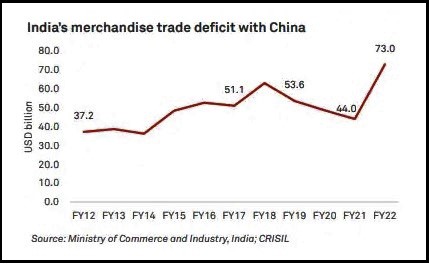7667766266
enquiry@shankarias.in
The trade data mismatch of India and China which is attributed to ‘under-invoicing’ by Indian importers for the imports originating from China, has attracted wide media coverage.

References